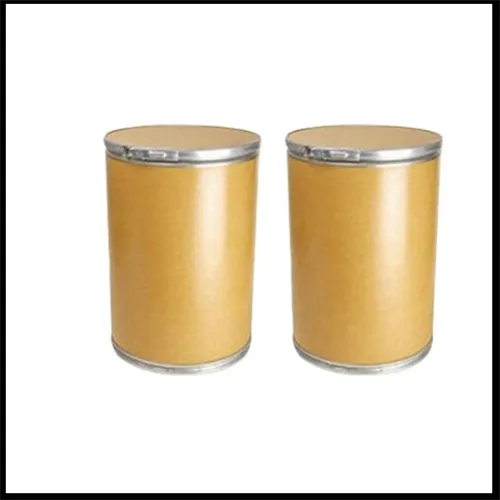 Email: sale@hebeidisha.com
Email: sale@hebeidisha.com
 Tel: +86 13315186550
Tel: +86 13315186550
- Afrikaans
- Albanian
- Amharic
- Arabic
- Armenian
- Azerbaijani
- Basque
- Belarusian
- Bengali
- Bosnian
- Bulgarian
- Catalan
- Cebuano
- China
- China (Taiwan)
- Corsican
- Croatian
- Czech
- Danish
- Dutch
- English
- Esperanto
- Estonian
- Finnish
- French
- Frisian
- Galician
- Georgian
- German
- Greek
- Gujarati
- Haitian Creole
- hausa
- hawaiian
- Hebrew
- Hindi
- Miao
- Hungarian
- Icelandic
- igbo
- Indonesian
- irish
- Italian
- Japanese
- Javanese
- Kannada
- kazakh
- Khmer
- Rwandese
- Korean
- Kurdish
- Kyrgyz
- Lao
- Latin
- Latvian
- Lithuanian
- Luxembourgish
- Macedonian
- Malgashi
- Malay
- Malayalam
- Maltese
- Maori
- Marathi
- Mongolian
- Myanmar
- Nepali
- Norwegian
- Norwegian
- Occitan
- Pashto
- Persian
- Polish
- Portuguese
- Punjabi
- Romanian
- Russian
- Samoan
- Scottish Gaelic
- Serbian
- Sesotho
- Shona
- Sindhi
- Sinhala
- Slovak
- Slovenian
- Somali
- Spanish
- Sundanese
- Swahili
- Swedish
- Tagalog
- Tajik
- Tamil
- Tatar
- Telugu
- Thai
- Turkish
- Turkmen
- Ukrainian
- Urdu
- Uighur
- Uzbek
- Vietnamese
- Welsh
- Bantu
- Yiddish
- Yoruba
- Zulu
Oct . 16, 2024 00:29 Back to list
Exploring the Applications and Properties of Polypropylene Glycol P 400 in Industry
Polypropylene glycol (PPG) is a versatile compound widely used in various industries due to its unique properties. Among different molecular weights of PPG, Polypropylene Glycol P 400 stands out for its particular characteristics and applications. With a relatively lower molecular weight of approximately 400 g/mol, PPG 400 possesses specific traits that make it suitable for various uses, particularly in the personal care, pharmaceutical, and industrial sectors.
PPG 400 is a colorless, odorless liquid that is hygroscopic in nature, meaning it can absorb moisture from the air. This property is especially beneficial in formulations that require moisture retention, thereby enhancing the stability and effectiveness of the final products. Its low viscosity enables easy incorporation into different formulations, allowing for uniform distribution of the compound throughout the product.
.
In the pharmaceutical sector, PPG 400 is employed in drug formulations, including topical treatments and drug delivery systems. Its ability to enhance the solubility of active pharmaceutical ingredients (APIs) plays a significant role in improving the bioavailability of certain medications. Furthermore, PPG 400 is often used in formulations for intravenous (IV) solutions due to its biocompatibility and low toxicity, making it a safe option for patients. The capacity of PPG 400 to retain moisture also aids in maintaining the stability of sensitive pharmaceutical compounds.
polypropylene glycol p 400

The industrial applications of PPG 400 are equally diverse. It serves as an effective surfactant and dispersant in formulations for coatings, detergents, and lubricants. Its water-soluble nature allows it to easily integrate into aqueous systems, promoting better emulsification and stability in formulations. In addition, PPG 400 can act as a plasticizer, enhancing the flexibility and durability of various materials, including plastics and elastomers.
Moreover, the chemical stability of PPG 400 is another crucial factor contributing to its widespread usage. It exhibits resistance to degradation when exposed to heat, light, or air, ensuring that products maintain their efficacy and shelf life over time. This stability is particularly important in formulations that require a longer shelf life, such as industrial products and pharmaceuticals.
The versatility of PPG 400 is further reflected in its eco-friendliness. Being derived from propylene oxide, it is often considered a safer and more sustainable alternative compared to other petrochemical-derived compounds. As consumers and industries are increasingly focusing on sustainable practices, the demand for environmentally friendly ingredients like PPG 400 is expected to rise.
In conclusion, Polypropylene Glycol P 400 is a valuable ingredient across multiple sectors, including personal care, pharmaceuticals, and industrial applications. Its unique properties, including moisture retention, low toxicity, and compatibility with other ingredients, contribute to its widespread use. As industries continue to evolve and consumers seek effective, safe, and eco-friendly products, the relevance of PPG 400 is likely to grow, underscoring its importance in modern formulations. Its role in enhancing product performance while catering to sustainability makes it a compound of choice for formulators and manufacturers in today’s competitive market.
Latest news
-
Certifications for Vegetarian and Xanthan Gum Vegetarian
NewsJun.17,2025
-
Sustainability Trends Reshaping the SLES N70 Market
NewsJun.17,2025
-
Propylene Glycol Use in Vaccines: Balancing Function and Perception
NewsJun.17,2025
-
Petroleum Jelly in Skincare: Balancing Benefits and Backlash
NewsJun.17,2025
-
Energy Price Volatility and Ripple Effect on Caprolactam Markets
NewsJun.17,2025
-
Spectroscopic Techniques for Adipic Acid Molecular Weight
NewsJun.17,2025